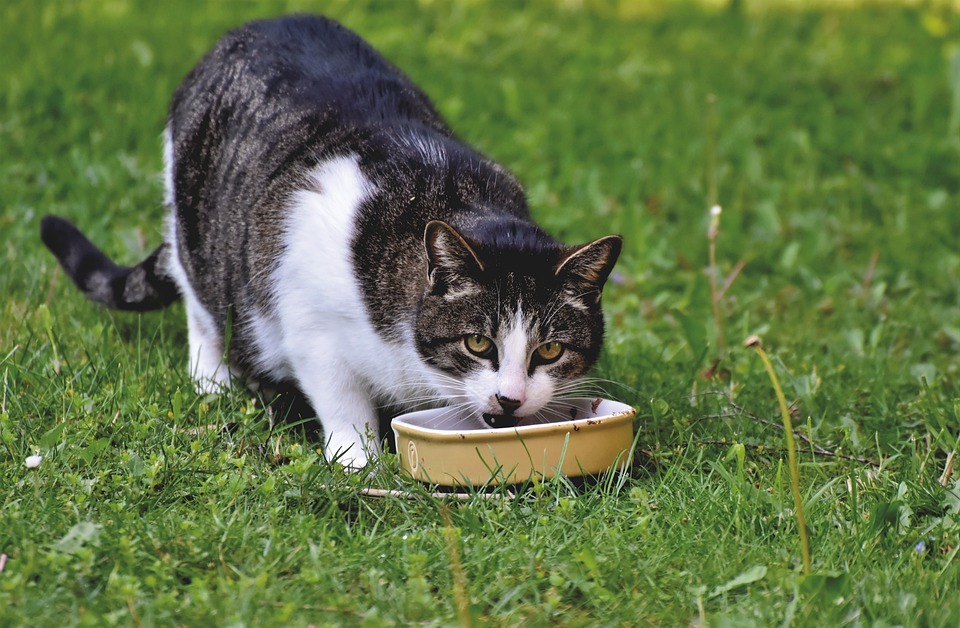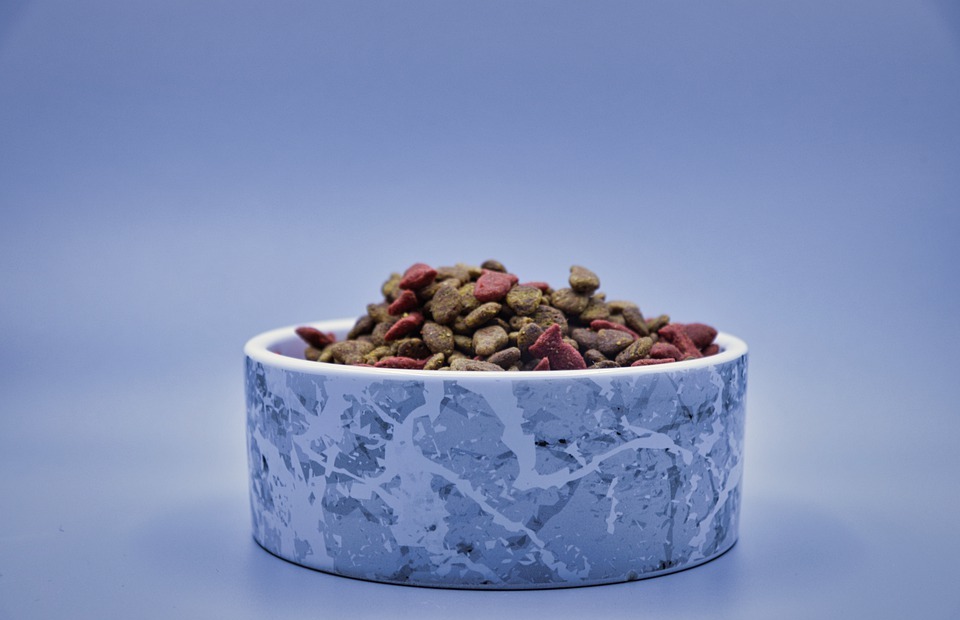Prepare to be whisked away on a captivating journey into the world of catnip, where we'll unravel the mysteries behind its intoxicating effect on our feline companions. This exploration will delve into the fascinating science that explains why cats become playful, silly, and sometimes downright bizarre when exposed to this innocuous herb. We'll uncover the chemical compound responsible for this frenzy, examine the fascinating biology behind it, and delve into the surprising evolutionary advantage catnip provides. Get ready to learn about the diverse ways cats react to catnip, understand why some cats are immune to its allure, and discover the intriguing history and cultural significance of this beloved herb.
Part 1: The Chemistry of Catnip

1.1 The Magic Ingredient: Nepetalactone
The enchanting effect of catnip on cats stems from a single chemical compound: nepetalactone. This volatile oil, found in the leaves and stems of the catnip plant, holds the key to the feline frenzy. Nepetalactone, a terpenoid, is a powerful attractant and stimulant for cats, triggering a unique cascade of reactions in their bodies.
1.2 The Molecular Structure of Nepetalactone
Nepetalactone's unique molecular structure is responsible for its potent effects on cats. It is a bicyclic monoterpenoid with a complex arrangement of atoms, which allows it to bind effectively to receptors in the cat's vomeronasal organ.
1.3 The Production of Nepetalactone in Catnip Plants
The catnip plant, Nepeta cataria, produces nepetalactone as a defence mechanism against insects. It is synthesized in specialized glands located in the leaves and stems of the plant, and its production is influenced by factors such as sunlight, temperature, and humidity.
Part 2: The Feline Response to Catnip

2.1 The Catnip Frenzy: A Sensory Overload
The effects of catnip on cats are truly remarkable and can vary depending on the individual cat's sensitivity to nepetalactone. The most common reactions include:
- Playfulness and Excitement: Cats often exhibit an intense burst of energy, leaping, rolling, and chasing imaginary prey. They become incredibly playful and engage in exaggerated displays of hunting behaviour. This exaggerated playfulness is often attributed to the stimulation of the amygdala and hypothalamus, which are involved in emotion and behaviour.
- Rolling and Rubbing: Cats may roll on the ground, rub their faces and bodies on the catnip, and even try to eat it, seemingly entranced by the intoxicating aroma. This behaviour is likely due to the activation of olfactory receptors in the VNO, leading to a sensation of euphoria and pleasure.
- Vocalizations and Purring: The euphoric state may induce vocalizations, with cats meowing, purring, or even chirping. This is likely a result of the stimulation of the brain's reward pathways, associated with positive feelings and pleasure.
- Odd Behaviours: Some cats may display unusual behaviours, such as drooling, shaking their heads, or even acting confused. These behaviours are often attributed to the catnip's effect on the nervous system, leading to a temporary disorientation or altered state of consciousness.
2.2 The Duration of Catnip's Effects
The effects of catnip typically last for 5-15 minutes, after which the cat becomes desensitized to the herb's effects. This desensitization is temporary, and the cat will regain sensitivity to catnip after a few hours.
2.3 Why Some Cats Don't React to Catnip
While the majority of cats experience the catnip craze, around 30% remain completely unaffected. This is largely due to genetics. The response to catnip is controlled by a single gene, and cats that inherit two copies of the recessive gene are immune to its effects. This means that they lack the specific receptor that nepetalactone binds to in the VNO, preventing the cascade of signals that lead to the catnip frenzy.
Part 3: The Biology of Catnip Sensitivity

3.1 The Vomeronasal Organ: The Key to Catnip Perception
The VNO, a specialized olfactory organ located in the roof of the mouth, plays a crucial role in the cat's response to catnip. This organ detects pheromones, chemical signals that convey social and reproductive information. It is believed that nepetalactone acts as a pheromone analogue, mimicking the structure of natural pheromones and triggering a similar response in the cat's brain.
3.2 The Sensory Neurons of the VNO
The VNO is lined with sensory neurons that are specifically designed to detect pheromones. These neurons have a unique structure, with a long, thin dendrite that extends into the nasal cavity and a cell body that connects to the olfactory nerve. When nepetalactone molecules bind to receptors on these neurons, they trigger a cascade of signals that travel to the brain.
3.3 The Neurological Pathway of Catnip
When nepetalactone binds to receptors in the VNO, it initiates a cascade of signals that travel along the olfactory nerves to the brain. These signals reach the amygdala, a region of the brain responsible for processing emotions and fear, and the hypothalamus, which regulates hormones and behaviours. The interaction of these brain regions creates the euphoric and stimulating response that we witness in cats.
Part 4: The Evolutionary Advantage of Catnip
4.1 A Defence Mechanism: Repelling Insects
The catnip plant, known scientifically as Nepeta cataria, has evolved to produce nepetalactone as a defence mechanism against insects. The strong, pungent scent of nepetalactone repels various insects, including mosquitoes, flies, and moths, protecting the plant from being eaten.
4.2 A Defensive Weapon for Cats: The Scent of Protection
The ability of cats to detect and respond to nepetalactone has a potential evolutionary advantage. By detecting the scent of catnip, cats might be able to avoid insect-infested areas, protecting themselves from bites and diseases. Additionally, the intoxicating effects of catnip might have helped cats in their hunting behaviour, enhancing their alertness and agility.
4.3 Catnip and Territoriality
The scent of catnip, particularly for male cats, might have played a role in territoriality. The strong aroma may have been used as a way to mark territory and deter other males from entering their domain.
Part 5: The History and Cultural Significance of Catnip
5.1 A Long History of Human and Feline Interaction
The use of catnip as a feline stimulant dates back centuries. In ancient Egypt, catnip was used as a medicinal herb and was believed to possess supernatural powers. During the Middle Ages, catnip was widely used in Europe as a treatment for various ailments, including headaches, insomnia, and digestive problems.
5.2 Catnip in Folklore and Literature
Catnip has long held a special place in folklore and literature. The herb has been attributed to magical properties, and its effects on cats have been the subject of countless stories and poems. In Shakespeare's play "Romeo and Juliet", the Nurse mentions catnip, referencing its ability to make cats "play the fool".
5.3 Catnip in Modern Culture
Today, catnip remains a popular and beloved part of feline culture. It is widely used in pet toys, treats, and even clothing. The herb's intoxicating effects on cats have made it a subject of endless amusement and fascination for cat owners around the world.
Part 6: The Many Forms of Catnip
6.1 Dried Catnip: The Classic Form
Dried catnip is the most common form of catnip and is widely available in pet stores. It can be used in a variety of ways, including sprinkling it on toys, placing it in a catnip toy, or simply offering a small amount to your cat.
6.2 Fresh Catnip: A More Potent Option
Fresh catnip, picked directly from the plant, is often considered more potent than dried catnip. However, it can be more difficult to find and has a shorter shelf life. You can grow your own catnip or find it at some farmers' markets.
6.3 Catnip Spray: A Convenient Choice
Catnip spray is a convenient alternative to dried or fresh catnip. It can be sprayed on toys, scratching posts, or other objects to entice your cat. However, it's important to choose a spray that is safe for cats and free from harsh chemicals.
6.4 Catnip-Infused Toys: A Delightful Treat
Many cat toys are infused with catnip, offering a long-lasting source of stimulation for your feline friend. These toys come in various shapes and sizes, from simple stuffed mice to complex interactive puzzles, ensuring there's a catnip-infused toy to suit every cat's preferences.
Part 7: The Ethical Use of Catnip
7.1 Moderation is Key: Avoid Overuse
While catnip is generally safe for cats, it's crucial to use it in moderation. Overuse can lead to desensitization, meaning the cat may no longer respond to the herb's effects. This is because the VNO becomes saturated with nepetalactone, and the receptors become less sensitive.
7.2 Observing Your Cat's Reactions: Watch for Signs of Discomfort
It's essential to watch your cat closely after exposing them to catnip. Some cats may experience mild side effects, such as lethargy or vomiting, particularly if they consume large amounts of the herb. If you notice any signs of discomfort, stop using catnip and consult with your veterinarian.
7.3 Respecting Your Cat's Preferences
Not all cats enjoy catnip, and some may even be averse to its smell. It is important to respect your cat's individual preferences and avoid forcing them to interact with catnip if they seem uncomfortable.
Part 8: FAQs
8.1 What are the benefits of catnip for cats?
Catnip provides cats with a pleasurable sensory experience, offering a temporary boost of energy and promoting playfulness. It can also be a valuable tool for enrichment, providing cats with mental stimulation and a way to express their natural instincts.
8.2 Is catnip safe for kittens?
Kittens under 6 months old are typically not sensitive to the effects of catnip. It's best to wait until they are older to introduce them to the herb.
8.3 Can catnip be addictive?
Catnip is not addictive, and cats will not experience withdrawal symptoms if they stop using it. However, overuse can lead to desensitization.
8.4 Can I give my cat catnip every day?
It's best to limit your cat's exposure to catnip to a few times a week. This will help prevent desensitization and ensure that the herb remains effective.
8.5 What are some alternatives to catnip?
For cats that don't react to catnip, there are other herbs that may provide similar stimulating effects, such as valerian root and silver vine.
8.6 Is catnip a drug?
While catnip can have intoxicating effects on cats, it is not considered a drug. It is a naturally occurring plant with a specific effect on cats, unlike synthetic drugs that are specifically designed to alter brain chemistry.
Everyone is watching

Are Cat Ribs Flexible? Understanding Their Anatomy
CATS & KITTENSThis article delves into the fascinating world of feline anatomy, exploring the flexibility of cat ribs and ho...

Can Cats Eat Bananas? (Everything You Need to Know)
CATS & KITTENSThis article dives into the intriguing question of whether cats can safely enjoy the sweet, yellow fruit, bana...

Cat Lifespan: How Long Do Cats Live?
CATS & KITTENSThis comprehensive guide explores the factors influencing the lifespan of our feline companions, providing ins...

Can Cats Get COVID-19? What You Need to Know
CATS & KITTENSThis article will delve into the fascinating world of feline COVID-19 susceptibility. We'll explore whether ca...

Can Cats Eat Eggs? A Complete Guide to Egg Safety for Your Feline Friend
CATS & KITTENSWhen it comes to treating our furry companions, we all want to ensure we're doing what's best for them. Eggs...
